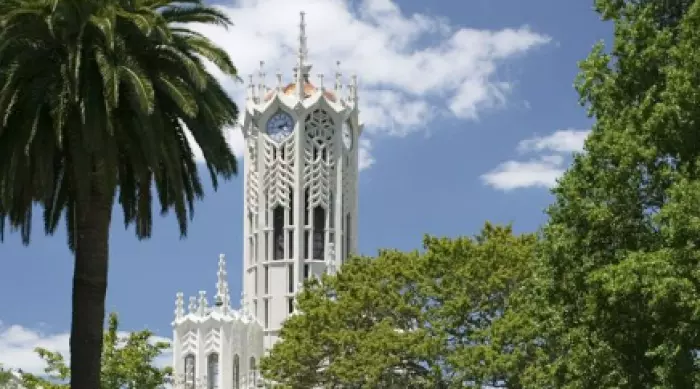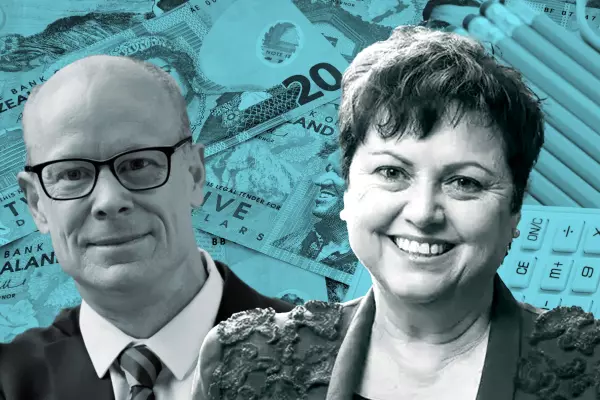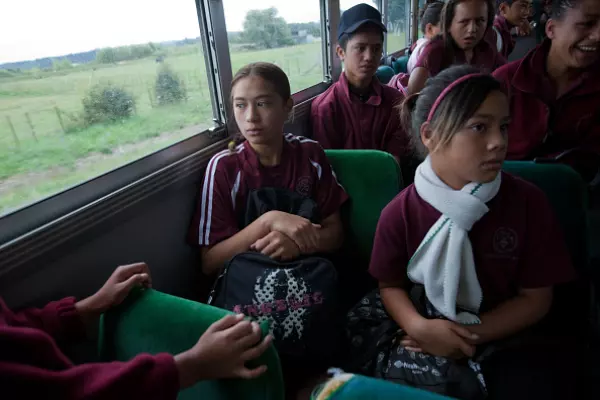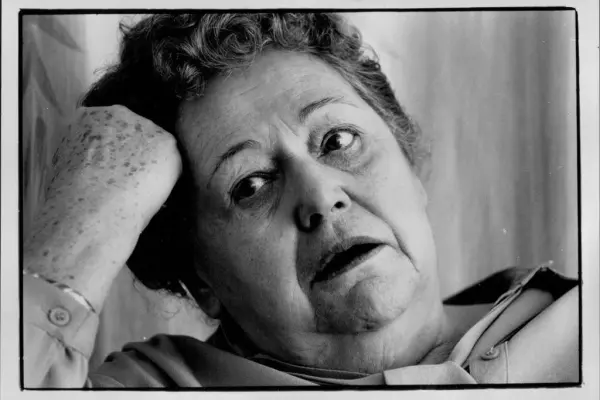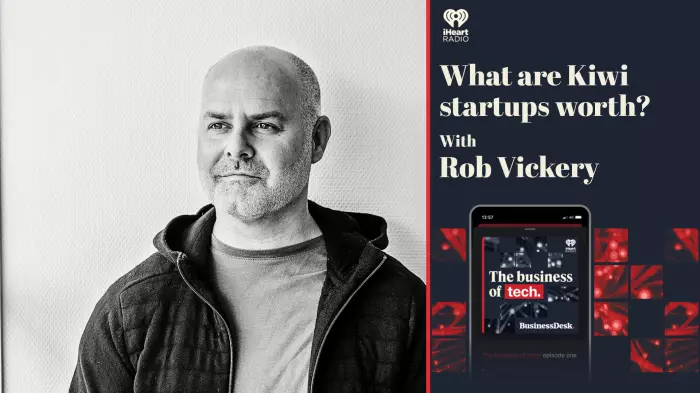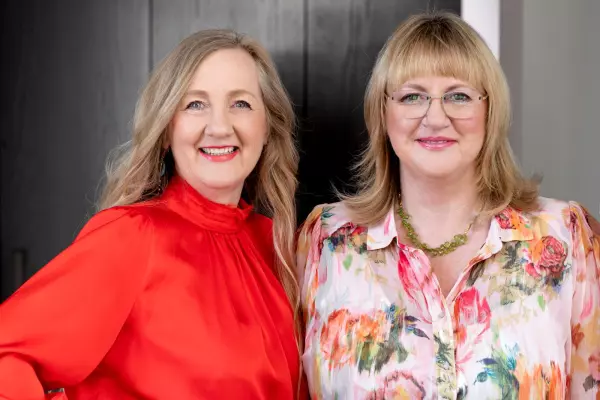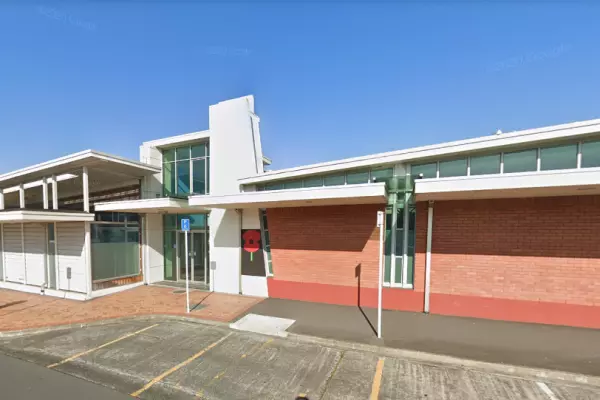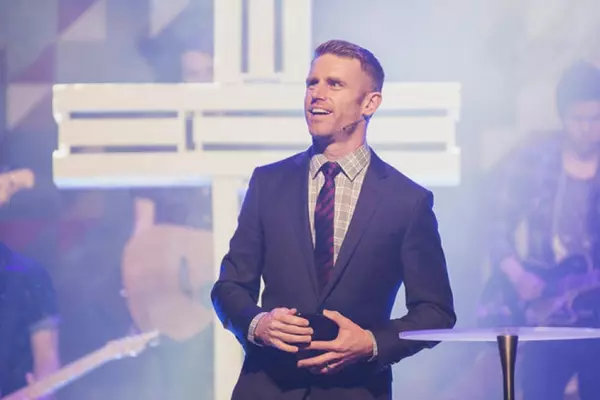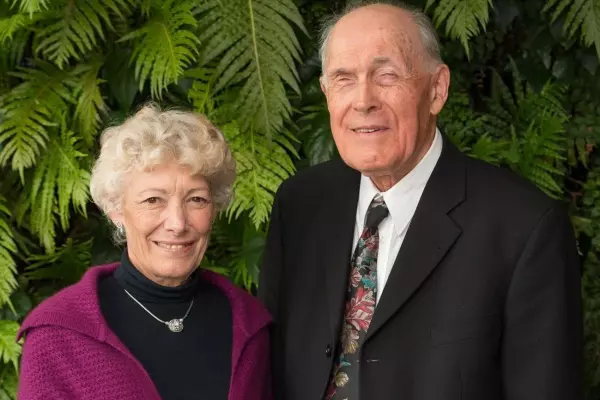Charities come in many shapes and sizes, from the nation’s ambulance service to your local parent-teacher association or rotary club.
Simply, charities seek to obtain money through selling goods and services or fundraising to then distribute the proceeds to their chosen altruistic cause.
But in reality, how exactly do New Zealand’s largest charities generate their income and how do they spend it?
Using the annual reports filed to the Charities Services register, BusinessDesk has analysed the accounts of the nation’s top 15 charities, in terms of revenue, to answer just that question.
Overall, these charities collectively took in $6.68 billion in their most recently reported year, with $6.16b of expenditure, or 92% of revenue.
Of that, the top 15 charities account for a quarter of total revenue ($26.4b) and a quarter of total expenditure ($23.2b) of the more than 26,000 registered charities in New Zealand.
Academic
In terms of money generated, universities clearly dominate, covering half of the top 10. The University of Auckland is by far the biggest, with its revenue 68% larger than second-placed Otago.
The country's eight universities' total revenue is more than $3.9b and expenditure is $3.75b annually – and accounts for roughly 1.2% of NZ’s gross domestic product.
These large institutions serve a relatively self-explanatory function and are publicly funded, meaning they are subject to transparency laws and governmental scrutiny on public spending.
Health
Aside from universities, large healthcare institutions are also registered charities. St John (7th) has the largest revenue with $414m last year closely followed by Southern Cross Health Trust (8th) with $403m.
Ambulance provider St John is made up of 145 smaller mostly regional organisations. The bulk, approximately 80%, of its collective funds come from the government but it still took in $59m in donations last year – 14% of income.
It recorded a net surplus of $20.8m in 2021, an improvement on the $3.5m deficit from the year before. An impressive financial performance considering in 2021 its ambulance officers attended 5% more emergencies and there was a 10% increase in calls to its 111 centre, compared to the year before.
Its government contracts allow it to part charge for medical emergencies, charging 16% of a typical emergency call out. However, it says after billing it will send reminders for up to three months and then “does not try to enforce payment for those that cannot pay”.
The organisation also has 158,000 members for those who “may need more frequent emergency care”.
Southern Cross is the country’s largest private healthcare network, with 18 hospitals and six specialist centres. It is also the biggest health insurer, while also offering travel, life and pet insurance.
Last year, it took in $392m, the vast majority (98%) of which comes from surgical and hospital income. This was a significant shift from 87.3% the year before, largely due to its insurance premium revenue dropping by 81%, from $51.5m (2020) to $9.6m (2021).
Among its charitable activities last year, listed in its annual report, were 72 charitable surgeries and “3,540 safe nights provided” via housing 72 dogs in a pet refuge.
Energy
Perhaps surprisingly, two regional energy suppliers make the list of biggest earning charities.
Central Lakes Trust (13th) serves the Central Otago and Southern Lakes region. It owns the investment company Central Lakes Direct and the energy business Pioneer Energy as well as Pioneer Generation Investment, a vehicle for joint venture investments.
Last year, the trust took in $257m of revenue and spent $140m, the lowest spending in proportion to income of the top 15 at 55%.
Half of the trust’s revenue came from supplying energy with $67m coming from investment gains.
Its distribution to charitable causes was $9.5m and totals $118m since 2000.
Trust Horizon (15th) is similarly structured and supplies the Bay of Plenty community. It owns 100% of Horizon Energy, along with 10 other commercial entities that are registered as charities.
It brought in $239m of revenue last year with $223m going out in expenditure. Some $1.45m was distributed to charitable causes, equivalent to exactly 1% of its assets. Since 1994, it reports having distributed almost $20m in community grants.
Iwi
Ngāi Tahu Charitable Trust (4th) operates Ngāi Tahu Holdings and all of its subsidiaries. It is the primary organisation for the principal iwi of the South Island.
Its stated purpose “is to grow the asset base and to create revenues to allow for increasing levels of distribution for charitable purposes to our whānau and communities on an intergenerational basis”.
It owns commercial entities across a number of sectors: tourism, quarrying, fisheries, all of which are registered charities and helped bring in $525m in revenue in 2020/21.
Last year, its charitable distribution fell by more than a fifth to $55.9m, equivalent to 23% of net profit, or 3.3% of net assets. Causes supported span from health and social services, education, te reo Māori and cultural initiatives.
Religiously Affiliated
The Seventh Day Adventist Church (13th) has 101 places of worship in the North Island and 21 in the South.
Its principal source of revenue (2021: $171.5m or 76%) comes from sales of vegetarian health food brands, such as Sanitarium, The Alternative Meat Co and Lisa’s Hummus and Dips.
Last year, it also received $25.6m in donations, legacies and bequests. It spent $5.9m on elderly care, $4.9m on education and $4.5m on development and relief charity (ADRA).
Established in 1883, The Salvation Army (15th) is one of New Zealand’s oldest charities. Last year, its revenues were $216m, a 10% increase from the year before, and its expenditure was $177m, making it a lower spender from the list at 82% as a proportion of revenue. This left it with an operating surplus of $39m in 2021.
It took in $57.2m from fundraising, $45.3m from net investment and rental income and $26.9m from donations and grants.
Young and vulnerable
IHC New Zealand (9th) is the nation’s leading charity for people with intellectual disabilities. It controls seven limited companies and runs employment, residential and wellbeing support services.
The majority (74%) of its $395m of revenue came from government contracts, principally the Ministry of Health. Donations made up 2.3% with $12.4m raised minus $3.8m on marketing costs.
It spent $356m, almost two-thirds (65%) on employing more than 4,000 staff around the country.
The Wright Group (10th) is probably the youngest yet most controversial charity on our list.
It derives income from three entities registered as charities: Best Start Educare Ltd (early childhood education centres), Birthing Centre Ltd (primary birthing units) and Schools Out Ltd (before and after school and holiday programmes).
It took in $273m in revenue, nearly entirely from trading, producing a $36.4m surplus. It received zero donations and has 10 registered volunteers.
Best Start, which operates 260 early childhood centres across the country, was formerly a for-profit publicly-traded entity in the form of Kidicorp. The switch was financed by a $307m loan from the Wright Family Trust, the family’s commercial arm, which the charity continues to repay $20m annually out of its tax-free earnings. A subsequent Inland Revenue audit meant the foundation had to pay an additional $7m in tax last year.
In the 2020 New Year's Honours, foundation co-founder and CEO Chloe Wright was appointed an officer of the New Zealand Order of Merit for services to philanthropy, education and health.
Related: NZ's top 15 charities by assets'


